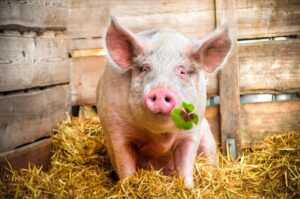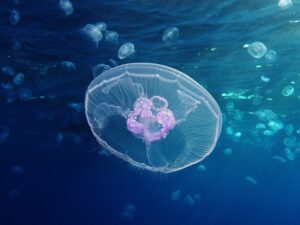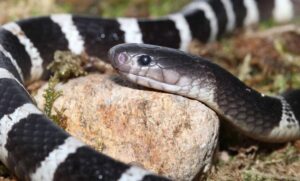In the animal kingdom, countless species possess unique characteristics, from cute and gentle to dangerous or even terrifying. Among them, some animals have a truly dangerous appearance but are completely harmless to humans. In this article, KnowAllAnimals invites you to explore the Top 15 Harmless Animals That Look Dangerous!
1. Top 15 Harmless Animals That Look Dangerous – Scary Appearance, Gentle Nature
In nature, many animals have a fearsome appearance that makes people mistakenly think they are aggressive or dangerous. However, the truth is that these species are incredibly gentle and harmless. The list below will help you discover the top 15 harmless animals that look dangerous. Here they are:
1.1. Milk Snake
- Kingdom: Animalia
- Phylum: Chordata
- Class: Reptilia
- Order: Squamata
- Suborder: Serpentes
- Family: Colubridae
- Genus: Lampropeltis
- Species: L. triangulum
The Milk Snake is often mistaken for the highly venomous coral snake because their coloration is nearly identical. In reality, they are completely non-venomous. You just need to remember the rhyme: “Red touch black, friend of Jack; red touch yellow, kill a fellow.”
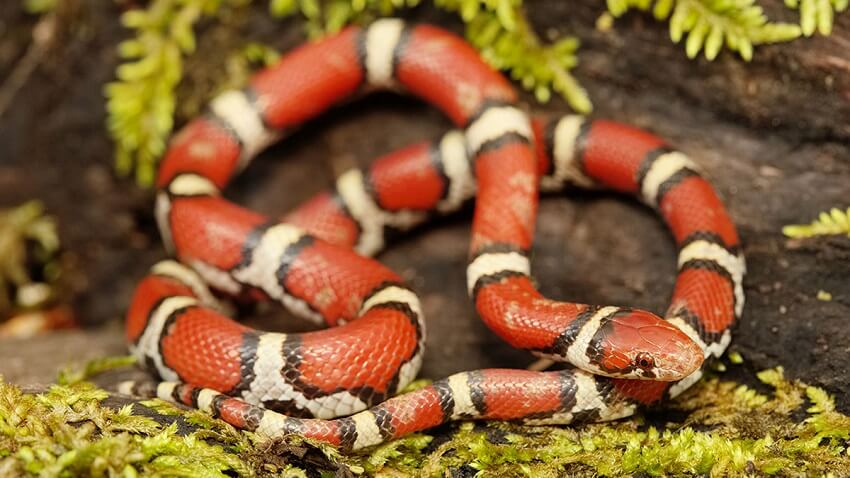
1.2. Aye-Aye
- Kingdom: Animalia
- Phylum: Chordata
- Class: Mammalia
- Order: Primates
- Suborder: Strepsirrhini
- Family: Daubentoniidae
- Genus: Daubentonia
- Species: D. madagascariensis
The Aye-Aye is believed to be an embodiment of evil that brings death. Superstition holds that if a person encounters this animal, they must catch it and gouge out its eyes, even though the species only eats fruits, nuts, insects, nectar, and fungi and is completely harmless. This superstition is the main reason this primate is now endangered.
1.3. Naked Mole-Rat
- Kingdom: Animalia
- Phylum: Chordata
- Class: Mammalia
- Order: Rodentia
- Parvorder: Phiomorpha
- Family: Heterocephalidae Landry, 1957
- Genus: Heterocephalus Rüppell, 1842
- Species: H. glaber
The Naked Mole-Rat is considered one of the ugliest animals on the planet. Its body never ages, and it is not dangerous, yet many people are terrified by its strange appearance.
1.4. Tarantula
- Kingdom: Animalia
- Phylum: Arthropoda
- Subphylum: Chelicerata
- Class: Arachnida
- Order: Araneae
- Infraorder: Mygalomorphae
- Clade: Avicularioidea
- Family: Theraphosidae Thorell, 1869
The Tarantula is the largest giant spider in the world. It has large fangs, but its venom is not lethal to humans like that of some other microscopic spiders. Furthermore, tarantulas are very passive. If one were to bite you, it would feel no worse than a bee sting.
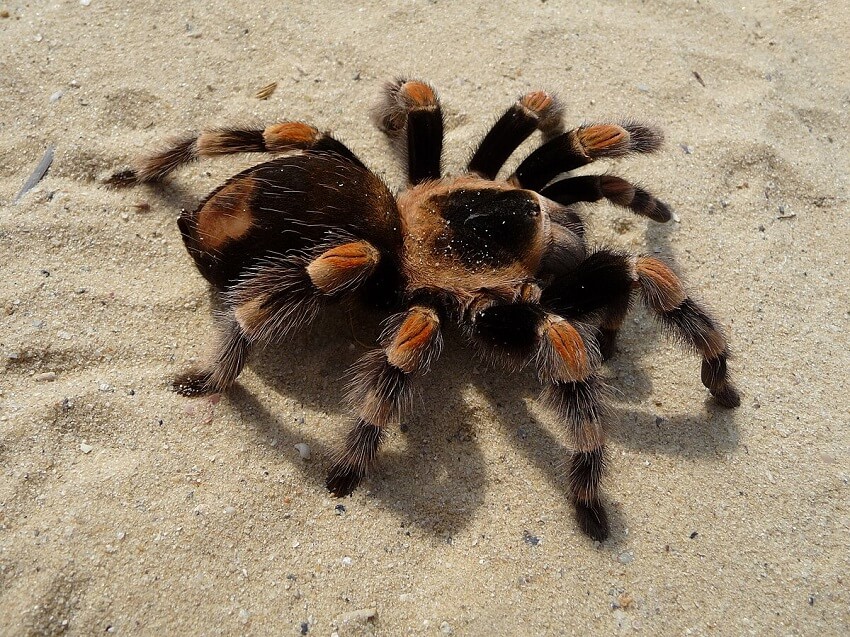
1.5. Vampire Bat
- Kingdom: Animalia
- Phylum: Chordata
- Class: Mammalia
- Order: Chiroptera
- Family: Phyllostomidae
- Subfamily: Desmodontinae Bonaparte, 1845
The Vampire Bat is famous for its sharp fangs and ability to drink the blood of other animals. However, in reality, this species prefers the blood of cows and goats over that of humans.
1.6. Vulture
- Kingdom: Animalia
- Phylum: Chordata
- Class: Aves
- Clade: Telluraves
- Order: Accipitriformes
The Vulture is a timeless symbol of decay. You don’t need to worry about it unless you’re… already dead.
1.7. Rhinoceros Beetle
- Kingdom: Animalia
- Phylum: Arthropoda
- Class: Insecta
- Order: Coleoptera
- Suborder: Polyphaga
- Infraorder: Scarabaeiformia
- Family: Scarabaeidae
- Genus: Xylotrupes
- Species: X. socrates
The Rhinoceros Beetle is not a beetle you’d want to share a bed with. However, its horns are only used to fight other beetles and are not used to attack humans.
1.8. Giant African Millipede
- Kingdom: Animalia
- Phylum: Arthropoda
- Subphylum: Myriapoda
- Class: Diplopoda
- Order: Spirostreptida
- Family: Spirostreptidae
- Genus: Archispirostreptus
- Species: A. gigas
The sight of a Giant African Millipede might make you scream. They are one of the world’s largest millipedes, but in reality, they are as friendly as any normal pet.
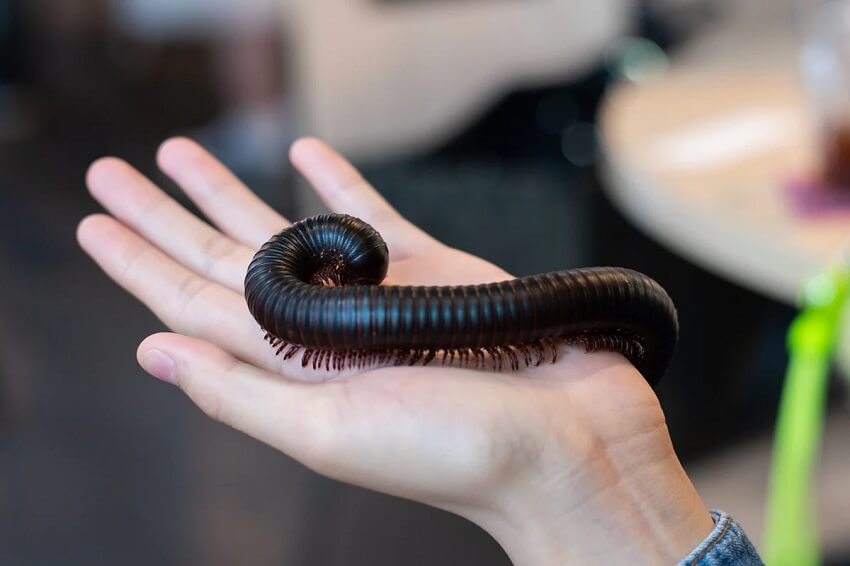
1.9. Gharial
- Kingdom: Animalia
- Phylum: Chordata
- Class: Reptilia
- Clade: Archosauria
- Order: Crocodilia
- Superfamily: Gavialoidea
- Family: Gavialidae
- Genus: Gavialis
- Species: G. gangeticus
The Gharial may resemble a typical crocodile, but its narrow snout and numerous teeth make it an inefficient predator of large animals. They prefer to eat only small prey like frogs, toads, and fish, and are harmless to humans.
1.10. Basking Shark
- Kingdom: Animalia
- Phylum: Chordata
- Class: Chondrichthyes
- Subclass: Elasmobranchii
- Division: Selachii
- Superorder: Galeomorphi
- Order: Carcharhiniformes
- Family: Carcharhinidae
- Genus: Carcharhinus
- Species: C. sorrah
A Basking Shark can be terrifying to see, but in reality, there’s little to worry about. This species prefers to eat plankton and is actually quite gentle.
1.11. Manta Ray
- Kingdom: Animalia
- Phylum: Chordata
- Class: Chondrichthyes
- Subclass: Elasmobranchii
- Order: Myliobatiformes
- Family: Mobulidae
- Genus: Mobula Bancroft, 1829
Manta Rays are often mistaken for their cousin, the venomous stingray, but they are actually gentle giants of the sea.
1.12. Vinegaroon
- Kingdom: Animalia
- Phylum: Arthropoda
- Subphylum: Chelicerata
- Class: Arachnida
- Clade: Tetrapulmonata
- Order: Uropygi Thorell, 1883
The Vinegaroon has a truly unappealing appearance. However, unlike other scorpions, it is not venomous.
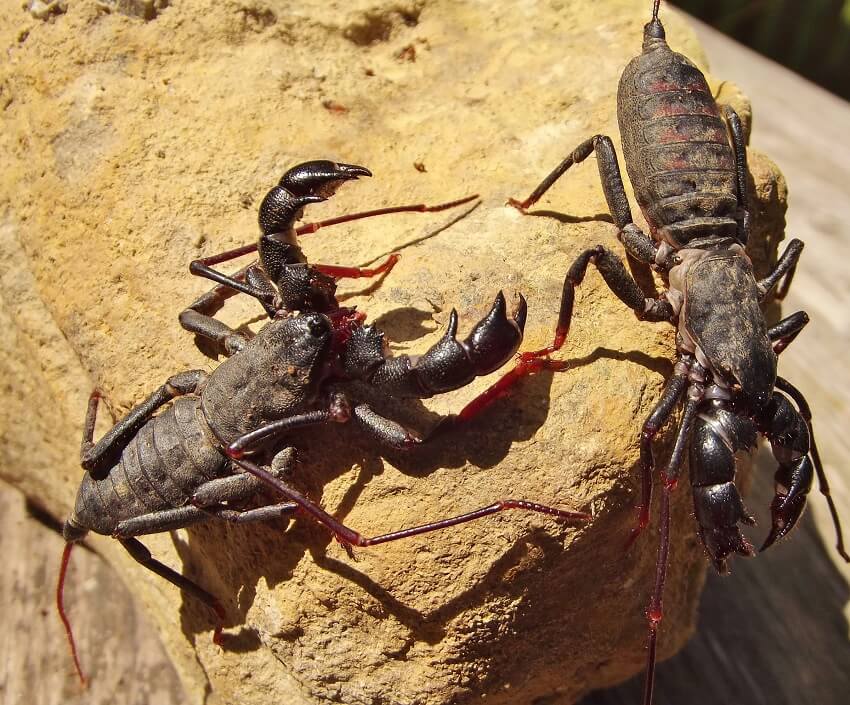
1.13. Wolf Fish
- Kingdom: Animalia
- Phylum: Chordata
- Class: Actinopterygii
- Order: Salmoniformes
- Family: Esocidae
- Subfamily: Esocinae
- Genus: Esox Linnaeus, 1758
The Wolf Fish has a frightening appearance with large teeth and a massive body. But rest assured, this species only eats small crustaceans.
1.14. Camel Spider
- Kingdom: Animalia
- Phylum: Arthropoda
- Subphylum: Chelicerata
- Class: Arachnida
- Order: Solifugae Sundevall, 1833
The Camel Spider can terrify many people when it crawls into shoes, beds, and other places to lay its eggs. However, they are not venomous, so you don’t have to worry about being attacked by one.
1.15. Whale Shark
- Kingdom: Animalia
- Phylum: Chordata
- Class: Chondrichthyes
- Subclass: Elasmobranchii
- Division: Selachii
- Superorder: Galeomorphi
- Order: Orectolobiformes
- Family: Rhincodontidae
- Genus: Rhincodon A. Smith, 1829
- Species: R. typus
The Whale Shark is the largest shark in the world. They only eat plankton by filtering it through their massive mouths. They are completely harmless and have a fierce appearance, yet no attacks on humans have ever been recorded.
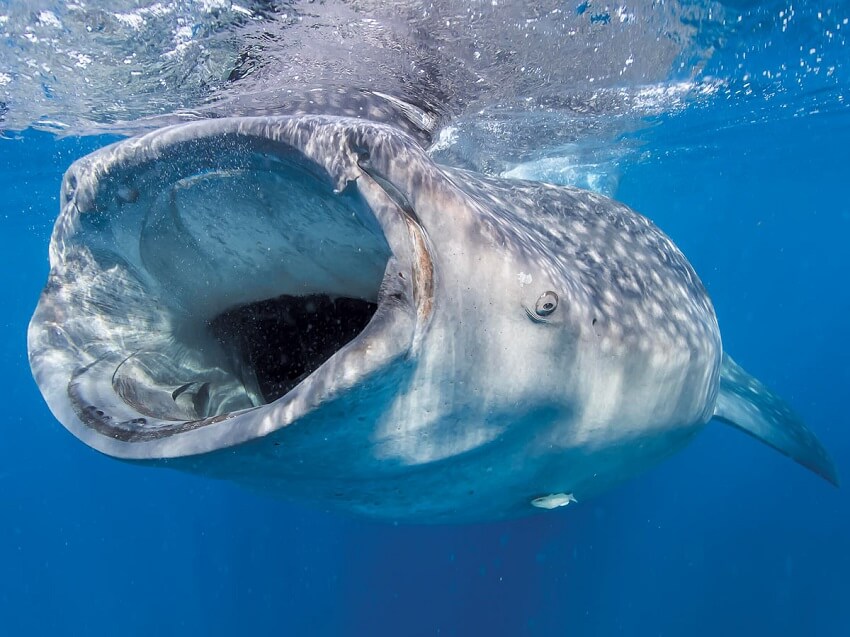
2. FAQs
1. Why do many animals that look scary appear to be harmless?
This is mainly due to their appearance evolving for self-defense, which makes predators wary of them, not to attack humans.
2. Are these animals dangerous if provoked?
Most are gentle and avoid humans, but if threatened, some may defend themselves for self-preservation.
3. Are any animals on the list often misunderstood and harmed by humans?
Yes, for example, bats, whale sharks, or non-venomous snakes are often misunderstood due to their appearance or prejudice.
4. What is the role of these animals in the ecosystem?
They help balance the food chain, control insects, protect their habitats, and maintain biodiversity.
5. How can people change their perception of these animals?
Education, media, and sharing scientific knowledge are key to dispelling baseless fears.
3. Conclusion
Appearance doesn’t always reflect an animal’s true nature. Many animals may look scary but are actually gentle and even play a crucial role in nature. Understanding and protecting them not only helps ecological balance but also shows humanity’s respect for the wild world. Thank you for reading the article, “Top 15 Harmless Animals That Look Dangerous – Scary Appearance, Gentle Nature” from Know All Animals!

